-

Tambov Rebellion
Alexander Antonov Peter Tokmakov [ru] †
-

1921 Buckingham and Carnatic Mills strike
The 1921 Buckingham and Carnatic Mills strike was a strike by the workers of Buckingham and Carnatic Mills in the city of Madras (now called Chennai), India, against the managing company, Binny and Co. The strike, which lasted from June to October 1921, caused severe losses to the Madras economy. It also created a rift in the ruling Justice Party forcing many Dalit leaders to leave.
-
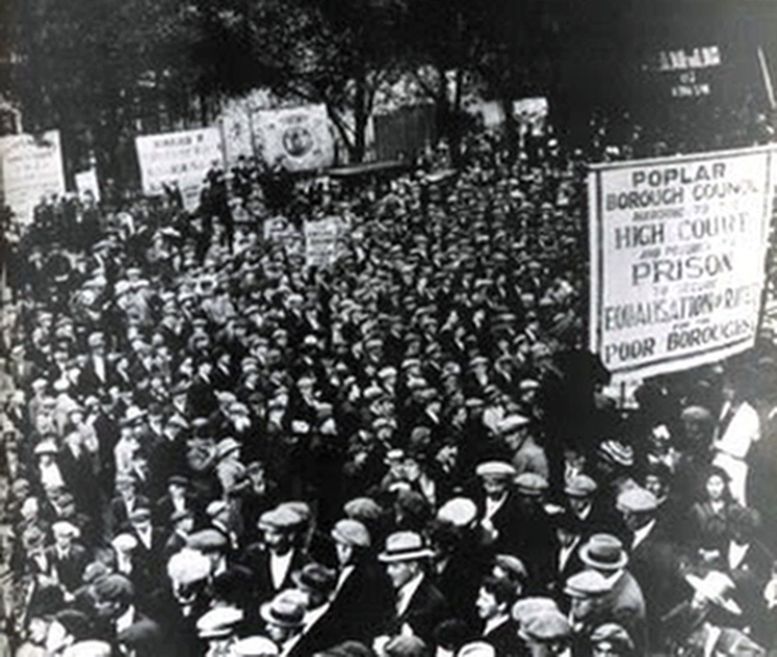
Poplar Rates Rebellion
The Poplar Rates Rebellion, or Poplar Rates Revolt, was a tax protest that took place in Poplar, London, England, in 1921. It was led by George Lansbury, the previous year's Labour Mayor of Poplar, with the support of the Poplar Borough Council, most of whom were industrial workers. The protest defied government, the courts, and the Labour Party leadership. George Lansbury would later go on to be the leader of the Labour Party.
-

Tulsa race massacre
The Tulsa race massacre (also called the Tulsa race riot, the Greenwood Massacre, the Black Wall Street Massacre, or the Tulsa Massacre) took place on May 31 and June 1, 1921, when mobs of white residents, many of them deputized and given weapons by city officials, attacked black residents and businesses of the Greenwood District in Tulsa, Oklahoma. It has been called "the single worst incident of racial violence in American history." The attack, carried out on the ground and from private aircraft, destroyed more than 35 square blocks of the district—at that time the wealthiest black community in the United States, known as "Black Wall Street".
-
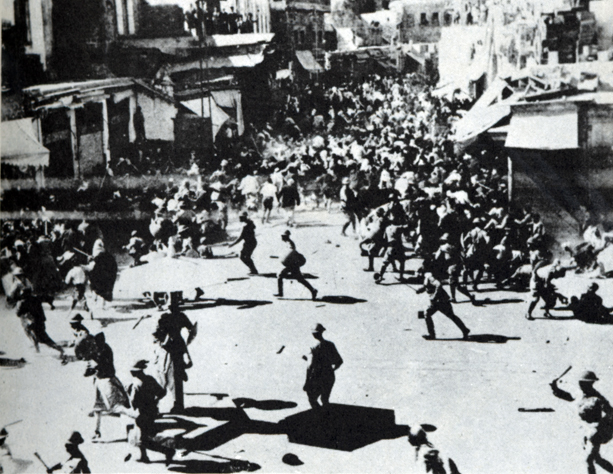
1921 Jaffa riots
The Jaffa riots (commonly known in Hebrew: מאורעות תרפ"א, romanized: Me'oraot Tarpa) was a series of violent riots in Mandatory Palestine on May 1–7, 1921, which began as a fight between two Jewish groups but developed into an attack by Arabs on Jews during which many were killed. The rioting began in Jaffa and spread to other parts of the country. The riot resulted in the deaths of 47 Jews and 48 Arabs. Another 146 Jews and 73 Arabs were wounded.
-

March on Rome
The March on Rome (Italian: Marcia su Roma) was an organized mass demonstration in October 1922, which resulted in Benito Mussolini's National Fascist Party (Partito Nazionale Fascista, or PNF) ascending to power in the Kingdom of Italy (Regno d'Italia). In late October 1922, Fascist Party leaders planned an insurrection, to take place on 28 October. When fascist troops entered Rome, Prime Minister Luigi Facta wished to declare a state of siege, but this was overruled by King Victor Emmanuel III. On the following day, 29 October 1922, the King appointed Mussolini as Prime Minister, thereby transferring political power to the fascists without armed conflict.
-

Seamen's strike of 1922
The Seamen's Strike of 1922 began on 12 January 1922, when Chinese seamen from Hong Kong and Canton (now Guangzhou) went on strike for higher wages. Led by the Seamen's Union after shipping companies refused to increase salaries by 40%, the strike quickly garnered over 30,000 participants, greatly disrupting everyday colonial life and food shipments to Hong Kong. Though the strike was declared illegal by the Hong Kong government, negotiations eventually took place after 52 days, with employers capitulating on 5 March 1922 and agreeing to wage increases of 15–30%.
-

1922 Italian general strike
The Italian general strike of October 1922 was a general strike against Benito Mussolini's power- grab with the March on Rome. It was led by socialists and ended in defeat for the workers. Mussolini famously referred to this as the "Caporetto of Italian Socialism".
-

Great Railroad Strike of 1922
The Great Railroad Strike of 1922, commonly known as the Railway Shopmen's Strike, was a nationwide strike of railroad workers in the United States. Launched on July 1, 1922, by seven of the sixteen railroad labor organizations in existence at the time, the strike continued into the month of August before collapsing.
-

Portland Waterfront strike, 1922
The Portland Waterfront strike of 1922 was a labor strike conducted by the International Longshoremen's Association which took place in Portland, Oregon from late April to late June 1922. The strike was ineffective at closing down the Port of Portland due to strikebreakers, and on June 22 the strike ended with the employers dictating terms.
-
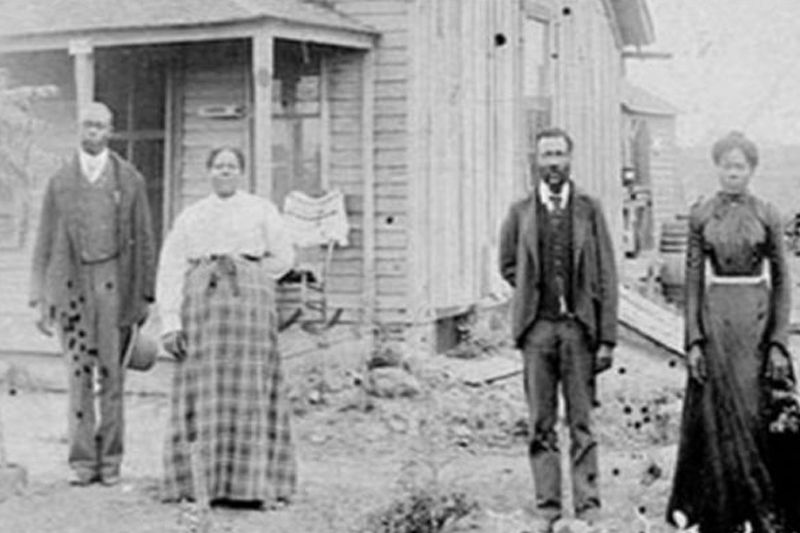
Perry race riot
The Perry race riot was a racially-motivated conflict in Perry, Florida, on December 14 and 15, 1922. Whites burned African-American Charles Wright at the stake in a lynching and attacked the black community of Perry after the murder of Ruby Hendry, a white schoolteacher.
-

1922 Guayaquil general strike
The 1922 Guayaquil general strike was a three-day general work stoppage in the city of Guayaquil, Ecuador, which lasted from 13 to 15 November of that year. The strike began with trolley, electric company and other public utility workers who were inspired by a successful strike by railroad workers in nearby Durán. Workers made demands such as pay increases, shorter hours, safer working conditions, and government control of foreign currency exchange rates.
-
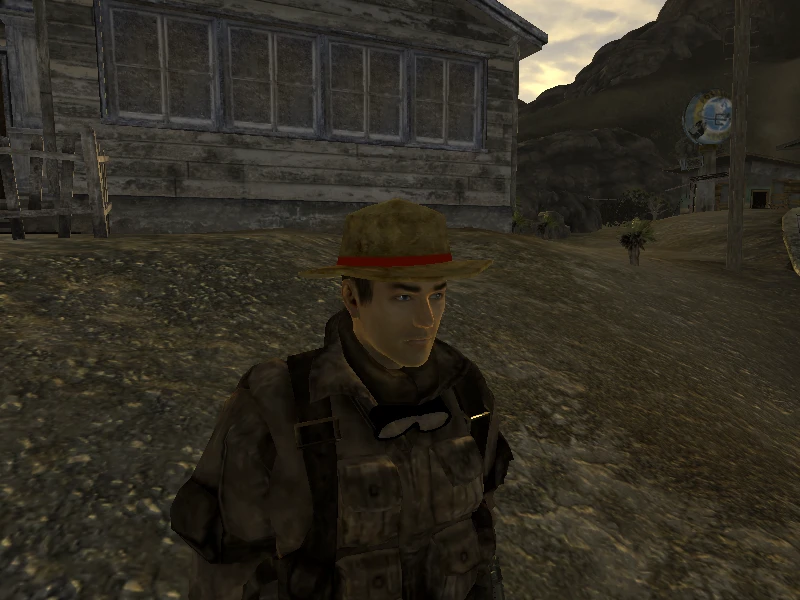
Straw Hat Riot
The Straw Hat Riot of 1922 was a riot that occurred in New York City. Originating as a series of minor riots, it spread due to men wearing straw hats past the unofficial date that was deemed socially acceptable, September 15. It lasted eight days, and it led to many arrests and some injuries.
-

1923 Kraków riot
The 1923 Kraków riot was a violent riot that took place during a strike on 6 November 1923 in Kraków, Poland. The incident is also called the 1923 Kraków uprising, particularly by Marxist sources. Demonstrators took control of the Main Market Square area and disarmed some troops. Eventually troops and police were ordered to fire on the workers, though some soldiers refused. Three armored cars were used, one of which, named Dziadek ("Grandpa"), was captured by the workers in the Market Square area. Some 18–30 workers were killed, as well as 14 soldiers. No policemen died, but 31 were injured.
-
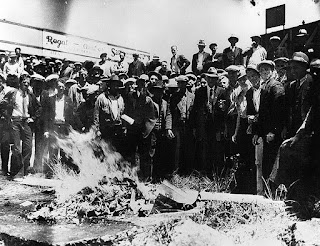
1923 San Pedro maritime strike
The 1923 San Pedro maritime strike (also known as the Liberty Hill strike) was, at the time, the biggest challenge to the dominance of the open shop culture of Los Angeles, California until the rise of the Congress of Industrial Organizations in the 1930s.
-

1923 Victorian police strike
The 1923 Victorian Police strike occurred in Melbourne, Victoria, Australia. On the eve of the Melbourne Spring Racing Carnival in November 1923, half the police force in Melbourne went on strike over the operation of a supervisory system using labour spies. Riots and looting followed as crowds poured forth from Flinders Street railway station on the Friday and Saturday nights and made their way up Elizabeth and Swanston Streets, smashing shop windows, looting, and overturning trams.
-

1923 United Kingdom dock strike
The 1923 United Kingdom dock strike commenced in June 1923 when over 50,000 dockers were unhappy with a proposed pay reduction from 8s to 5s 6d for a four-hour minimum employment period. Ernest Bevin, the general secretary of the recently founded Transport and General Workers' Union had signed an agreement accepting this new rate of pay.
-

Aventine Secession (20th century)
The Aventine Secession was the withdrawal of the parliament opposition, mainly composed of Italian Socialist Party, Italian Liberal Party, Italian Popular Party and Italian Communist Party, from the Italian Chamber of Deputies in 1924–25, following the murder of the deputy Giacomo Matteotti by fascists. It was named after the Aventine Secession in ancient Rome, and heralded the assumption of total power by Benito Mussolini and his National Fascist Party and the establishment of a one-party dictatorship.
-

1924 Kohat riots
The 1924 Kohat riots were major communal riots in Kohat in North-West Frontier Province, British India in 1924. In three days (9–11 September) of rioting, official statistics state that the total casualty-count was 155, of which the casualties of Hindus & Sikhs were more than three times that of the Muslims. Almost the entire population of Hindus living there, who numbered 3200, had been evacuated. Gandhi undertook a 21-day fast for Hindu-Muslim unity in October 1924.
-

Grève de l'industrie de la chaussure de Québec
La grève de l'industrie de la chaussure de Québec est un conflit de travail opposant l’Association des manufacturiers de chaussures de Québec (AMCQ) à trois syndicats de métier affiliés à la Confédération des travailleurs catholiques du Canada (CTCC) en 1926.
-

Canton Hong Kong strike
The Canton–Hong Kong strike (省港大罷工) was a strike and boycott that took place in British Hong Kong and Canton (now Guangzhou), Republic of China, from June 1925 to October 1926. It started out as a response to the May 30 Movement shooting incidents in which Chinese anti-imperialist protesters were massacred by policemen, including Chinese and Sikh, under British command in Shanghai.
-

1925 Indian riots
The 1925 Indian riots refers to the sixteen communal riots which occurred throughout British India. Reported as being among the worst were in March in Delhi, during September in Aligarh, at Arvi in the Wardha district and in Solapur.
-

1926 Passaic textile strike
The 1926 Passaic textile strike was a work stoppage by over 15,000 woolen mill workers in and around Passaic, New Jersey, over wage issues in several factories in the vicinity. Conducted in its initial phase by a "United Front Committee" organized by the Trade Union Educational League of the Workers (Communist) Party, the strike began on January 25, 1926, and officially ended only on March 1, 1927, when the final mill being picketed signed a contract with the striking workers. It was the first Communist-led work stoppage in the United States. The event was memorialized by a seven reel silent movie intended to generate sympathy and funds for the striking workers.
-

1926 Binny Mills strike
The Binny Mills strike of 1926 was a general strike in the Bangalore Woollen, Cotton and Silk Mills, popularly known as Binny Mills in Bangalore in 1926. The strike is considered to be a part of the Indian independence movement.
-

1926 Sierra Leone railway strike
From January 14 to February 26, 1926, all grades of the African workers within the Railway Department of the Sierra Leone Government participated in a strike. This strike represented the first time a trade union in Sierra Leone was effective in politically organizing with a set organizational structure. It is also the first strike and act of political disobedience in which the Creole elite identified with and supported the strikers and the working class against the British colonizing power.
-

1926 United Kingdom general strike
The 1926 general strike in the United Kingdom was a general strike that lasted nine days, from 4 May to 12 May 1926. It was called by the General Council of the Trades Union Congress (TUC) in an unsuccessful attempt to force the British government to act to prevent wage reductions and worsening conditions for 1.2 million locked-out coal miners. Some 1.7 million workers went out, especially in transport and heavy industry. The government was prepared, and enlisted middle class volunteers to maintain essential services. There was little violence and the TUC gave up in defeat.
-

1927 Nagpur riots
The Nagpur riots of 1927 were part of series of riots taking place across various cities in British India during the 1920s. Nagpur was then the capital of Central Provinces and Berar (CP&B) state of British India which covered most of the central India. The riots occurred on 4 September 1927. On that day, there was a procession for Mahalakshmi, which is said to have been blocked by Muslims when it came to the Mahal neighbourhood. In the afternoon, there was rioting near the Hindu houses of the neighbourhood, which continued for three days.
-

Nanking incident of 1927
The Nanking Incident (Chinese: 南京事件; pinyin: Nánjīng Shìjiàn; Wade–Giles: Nan2-ching1 Shih4-chien4) occurred in March 1927 during the capture of Nanjing (then Nanking) by the National Revolutionary Army (NRA) in their Northern Expedition. Foreign warships bombarded the city to defend foreign residents against rioting and looting. Several ships were involved in the engagement, including vessels of the Royal Navy and the United States Navy. Marines and sailors were also landed for rescue operations. Both Nationalist and Communist soldiers within the NRA participated in the rioting and looting of foreign-owned property in Nanjing.
-

1927 Indiana bituminous strike
The 1927 Indiana bituminous strike was a strike by members of the United Mine Workers of America (UMWA) against local bituminous coal companies. Although the struggle raged throughout most of the nation's coal fields, its most serious impact was in western Pennsylvania, including Indiana County. The strike began on April 1, 1927, when almost 200,000 coal miners struck the coal mining companies operating in the Central Competitive Field, after the two sides (management and labor) could not reach an agreement on pay rates. The UMWA was attempting to retain pay raises gained in the contracts it had negotiated in 1922 and 1924, while management, stating that it was under economic pressure from competition with the West Virginia coal mines, was seeking wage reductions. The strike proved to be a disaster for the union, as by 1929, there were only 84,000 paying members of the union, down from 400,000 which belonged to the union in 1920.
-

1928 South Indian railway strike
The 1928 South Indian railway strike was a general strike by the South Indian Railway Workers Union against plans of the South Indian Railway Company to lay off over 3,100 workers in order to reduce the expenditures of the company. The strike lasted from 29 June – 2 August 1928, and severely affected the transportation of people and goods across South India. The Madras government and the South Indian Railway Company responded with a crackdown. Most of the leaders of the strike were arrested and recognition to the union was withdrawn.The Government of Madras recorded it as the "most important event of the year".
-

1928 New Bedford textile strike
The 1928 New Bedford textile strike was a mass work stoppage of approximately 30,000 machinery operatives in several of the large cotton mills located in New Bedford, Massachusetts, USA. The strike, which ran for several months during the spring and summer of 1928, is remembered for the prominent role played by the Workers (Communist) Party of America in mobilizing the immigrant workers of the region.
-

Cantaloupe strike of 1928
The Cantaloupe strike of 1928 was labor movement of cantaloupe pickers in Imperial Valley, California. On May 7, 1928 cantaloupe pickers walked off of the job and the strike lasted to May 10 of the same year. The strikers had hardly any outside support and many were effectively imprisoned by local police for gathering together in any public space during the strike. The strikers were mostly Mexican immigrants or of Mexican descent because they comprised the vast majority of produce laborers in California, about 3,500 to 4,000 Mexicans worked as cantaloupe pickers. While the strike was short-lived and seemingly unorganized, it stands as a victory for the workers.
-
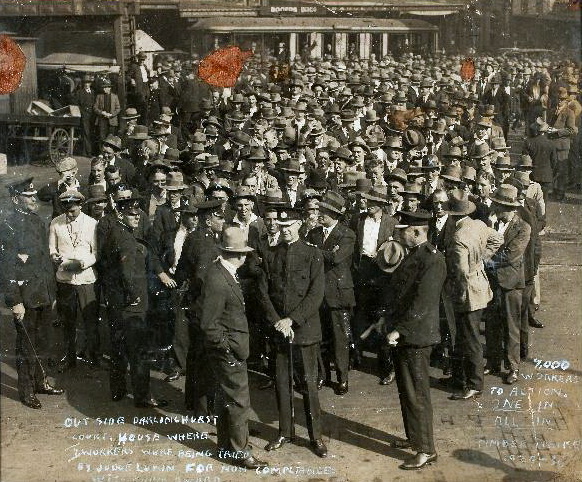
1929 Australian timber workers' strike
The 1929 Timber Workers strike was a labour dispute in Australia caused by Judge Lukin of the Arbitration Court handing down an industrial award decision on 23 December 1928 to reduce the wages and increase the hours for 20,000 timber workers from a 44-hour week to a 48-hour week. It was the first strike in Australia after the onset of the Great Depression.
-
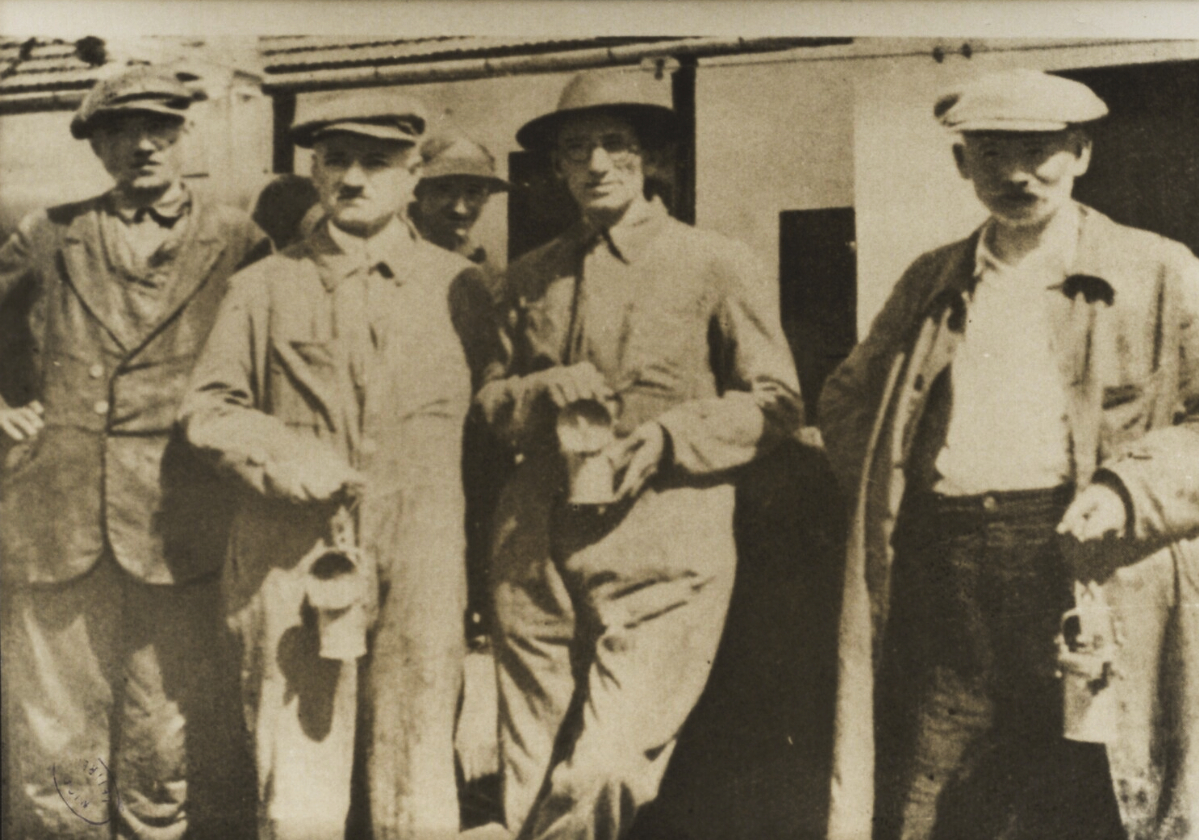
Lupeni strike of 1929
The Lupeni strike of 1929 took place on 5 and 6 August 1929 in the mining town of Lupeni, in the Jiu Valley of Transylvania, Romania.
-

Women's War
The Women's War, or Aba Women's Riots (Igbo: Ogu Umunwanyi; Ibibio: Ekong Iban), was a period of unrest in British Nigeria over November 1929. The protests broke out when thousands of Igbo women from the Bende District, Umuahia and other places in eastern Nigeria traveled to the town of Oloko to protest against the Warrant Chiefs, whom they accused of restricting the role of women in the government. The Aba Women's Riots of 1929, as it was named in British colonial records, is more aptly considered a strategically executed anti- colonial revolt organised by women to redress social, political and economic grievances. The protest encompassed women from six ethnic groups (Ibibio, Andoni, Orgoni, Bonny, Opobo, and Igbo). It was organised and led by the rural women of Owerri and Calabar provinces. During the events, many Warrant Chiefs were forced to resign and 16 Native Courts were attacked, most of which were destroyed. It was the first major anti- colonial revolt by women in West Africa. In 1930 the colonial government abolished the system of warrant chieftains, and appointed women to the Native Court system. These reforms were built upon by the African women and have been seen as a prelude to the emergence of mass African anti- colonial nationalism.
-

1929 Hebron massacre
The Hebron massacre refers to the killing of sixty-seven or sixty-nine Jews on 24 August 1929 in Hebron, then part of Mandatory Palestine, by Arabs incited to violence by rumors that Jews were planning to seize control of the Temple Mount in Jerusalem. The event also left scores seriously wounded or maimed. Jewish homes were pillaged and synagogues were ransacked. Some of the 435 Jews who survived were hidden by local Arab families, although the extent of this phenomenon is debated. Soon after, all Hebron's Jews were evacuated by the British authorities. Many returned in 1931, but almost all were evacuated at the outbreak of the 1936–39 Arab revolt in Palestine. The massacre formed part of the 1929 Palestine riots, in which a total of 133 Jews and 110 Arabs were killed, and brought the centuries-old Jewish presence in Hebron to an end.
-
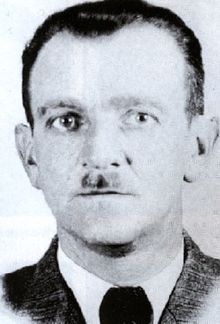
Zamieszki we Lwowie (1929)
Zamieszki we Lwowie w 1929 roku znane również jako klocjada – rozruchy i protesty na tle antysemickim i antyrządowym, które miały miejsce we Lwowie w dniach 2–12 czerwca 1929 roku.
-

Rabaul Strike
The Rabaul Strike of 25 January 1929 was the first ever industrial strike in Papua New Guinea. It was led by Sumsuma.
-
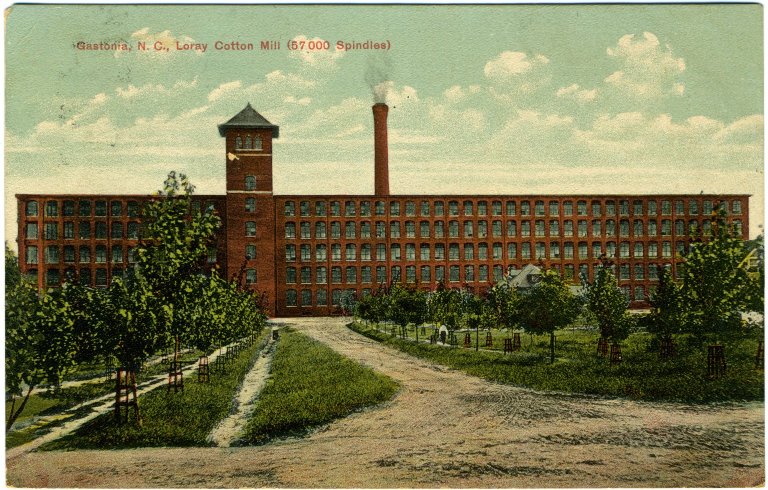
Loray Mill strike
The Loray Mill strike of 1929 in Gastonia, North Carolina, was one of the most notable strikes in the labor history of the United States. Though largely unsuccessful in attaining its goals of better working conditions and wages, the strike was considered very successful in a lasting way; it caused an immense controversy which gave the labor movement momentum, propelling the movement in its national development.
-

元山ゼネスト
元山ゼネスト(げんさんゼネスト、원산 총파업、元山總罷業)は、 日本統治時代の朝鮮で1929年1月1 3日から4月6日までの元山市で行われたゼネラルストライキ。元山大争議(げんさんだいそうぎ)とも呼称さ れる。
-
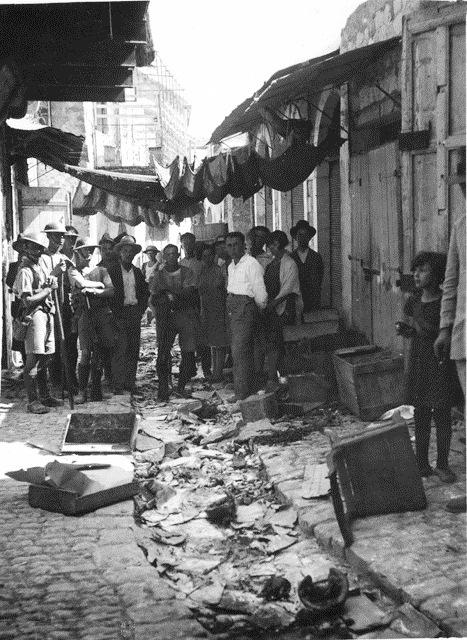
1929 Palestine riots
The 1929 Arab riots in Palestine, or the Buraq Uprising (Arabic: ثورة البراق, Thawrat al-Buraq), also known as the 1929 Massacres, (Hebrew: .mw- parser-output .script-hebrew,.mw-parser-output .script-Hebr{font-size:1.15em;font-family:"SBL Hebrew","SBL BibLit","Frank Ruehl CLM","Taamey Frank CLM","Ezra SIL","Ezra SIL SR","Keter Aram Tsova","Taamey Ashkenaz","Taamey David CLM","Keter YG","Shofar","David CLM","Hadasim CLM","Simple CLM","Nachlieli",Cardo,Alef,"Noto Serif Hebrew","Noto Sans Hebrew","David Libre",David,"Times New Roman",Gisha,Arial,FreeSerif,FreeSans}מאורעות תרפ"ט, Meora'ot Tarpat, lit. Events of 5689 Anno Mundi) refers to a series of demonstrations and riots in late August 1929 when a long-running dispute between Muslims and Jews over access to the Western Wall in Jerusalem escalated into violence.
-
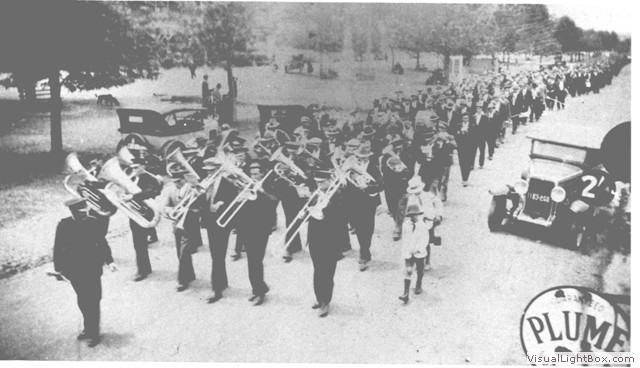
Rothbury riot
On 16 December 1929, New South Wales Police drew their revolvers and shot into a crowd of locked- out miners in the New South Wales town of Rothbury in Australia, killing a 29-year-old miner, Norman Brown, and injuring approximately forty-five miners. The incident became known as the Rothbury affair or the Rothbury riot, and is described as the "bloodiest event in national industrial history."
-

Zinkwitstaking
De Zinkwitstaking van 1929 was een staking van arbeiders van de Maastrichtsche Zinkwit Maatschappij in de Nederlandse stad Maastricht in 1929, waarbij twee doden vielen door politiegeweld. De staking wordt gezien als het hoogtepunt in de strijd tussen de katholieke en socialistische vakbeweging in Maastricht.
-

Vedaranyam March
The Vedaranyam March (also called the Vedaranyam Satyagraha) was a framework of the nonviolent civil disobedience movement in British India. Modeled on the lines of Dandi March, which was led by Mahatma Gandhi on the western coast of India the month before, it was organised to protest the salt tax imposed by the British Raj in the colonial India.
-

1930 Rangoon riots
The 1930 Rangoon riots were a pair of race riots between Indian dockworkers and Burman labourers. The first broke out on 26 May near the Rangoon docks. It spread to nearby districts with high Indian populations and resulted in over one hundred killed and about one thousand injured. The second, a prison riot, began on 24 June in Rangoon Central Jail, where the staff was predominantly Indian and the inmates overwhelmingly Burman. The riots were overshadowed by the Saya San rebellion that erupted in December that year.
-

Salt March
The Salt March, also known as the Salt Satyagraha, Dandi March and the Dandi Satyagraha, was an act of nonviolent civil disobedience in colonial India led by Mohandas Karamchand Gandhi. The 24-day march lasted from 12 March 1930 to 6 April 1930 as a direct action campaign of tax resistance and nonviolent protest against the British salt monopoly. Another reason for this march was that the Civil Disobedience Movement needed a strong inauguration that would inspire more people to follow Gandhi's example. Mahatma Gandhi started this march with 79 of his trusted volunteers. Walking ten miles a day for 24 days, the march spanned over 240 miles (384 km), from Sabarmati Ashram to Dandi, which was called Navsari at that time (now in the state of Gujarat). Growing numbers of Indians joined them along the way. When Gandhi broke the salt laws at 6:30 am on 6 April 1930, it sparked large scale acts of civil disobedience against the British Raj salt laws by millions of Indians.
-

Jewish exodus from Arab and Muslim countries
The Jewish exodus from Arab and Muslim countries, or Jewish exodus from Arab countries, was the departure, flight, expulsion, evacuation and migration of 850,000 Jews, primarily of Sephardi and Mizrahi background, from Arab countries and the Muslim world, mainly from 1948 to the early 1970s. The last major migration wave took place from Iran in 1979–80, as a consequence of the Iranian Revolution.
-
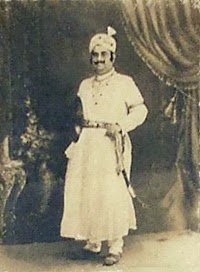
1930 Dhaka riots
The 1930 Dhaka riots was an anti-Hindu communal violence involving loot and arson.
-

Imperial Valley lettuce strike of 1930
The Imperial Valley lettuce strike of 1930 was a strike of worker against lettuce growers of California's Imperial Valley
-

Sherman riot
no info
-
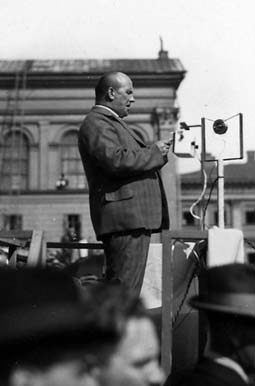
Talonpoikaismarssi
Talonpoikaismarssi (ruots. Bondetåget) oli Helsingissä 7. heinäkuuta 1930 järjestetty äärioikeistolaisen Lapuan liikkeen mielenosoitus, johon osallistui yli 12 000 eri puolilta maata saapunutta järjestön kannattajaa. Se oli Lapuan liikkeen lyhyeksi jääneen historian merkittävin voimannäyttö, joka oli suunnattu ensisijaisesti kommunisteja vastaan, mutta sen tarkoituksena oli myös painostaa Suomen hallitusta. Senaatintorilla pidetyn pääjuhlan kutsuvieraina oli muun muassa presidentti L. K. Relander, pääministeri P. E. Svinhufvud hallituksineen sekä oikeistopuolueiden kansanedustajia, maan sotilasjohtoa ja sisällissodan valkoisen armeijan ylipäällikkö kenraali C. G. E. Mannerheim. Ulkoisilta piirteiltään talonpoikaismarssi muistuttikin 16. toukokuuta 1918 järjestettyä valkoisten voitonparaatia, jota sen reitti myös noudatti.
-

Marsz Głodnych w Sanoku
Marsz Głodnych w Sanoku – zbiorowe wystąpienie bezrobotnych w Sanoku 6 marca 1930 roku.